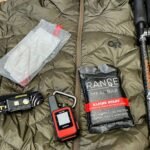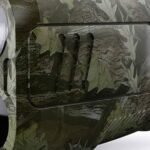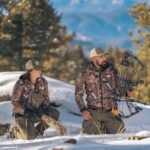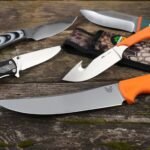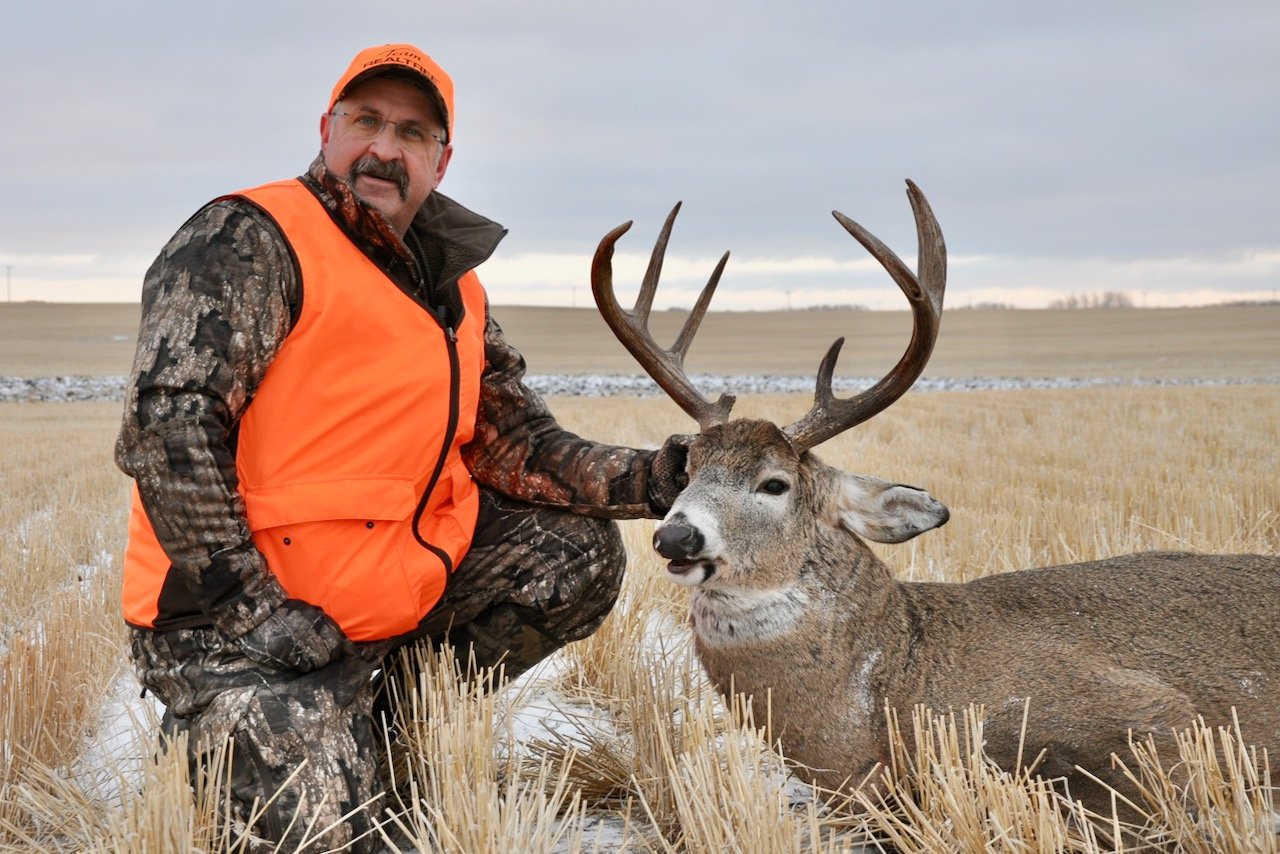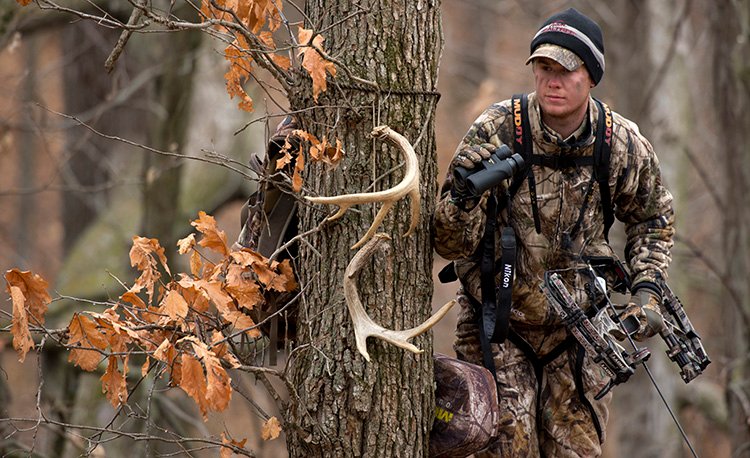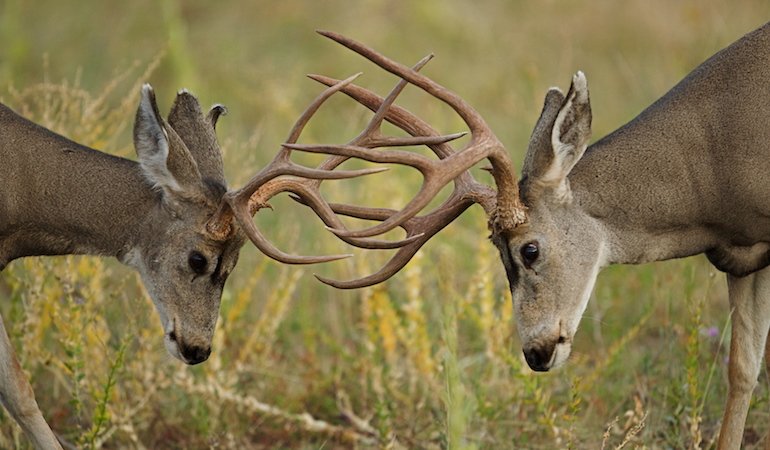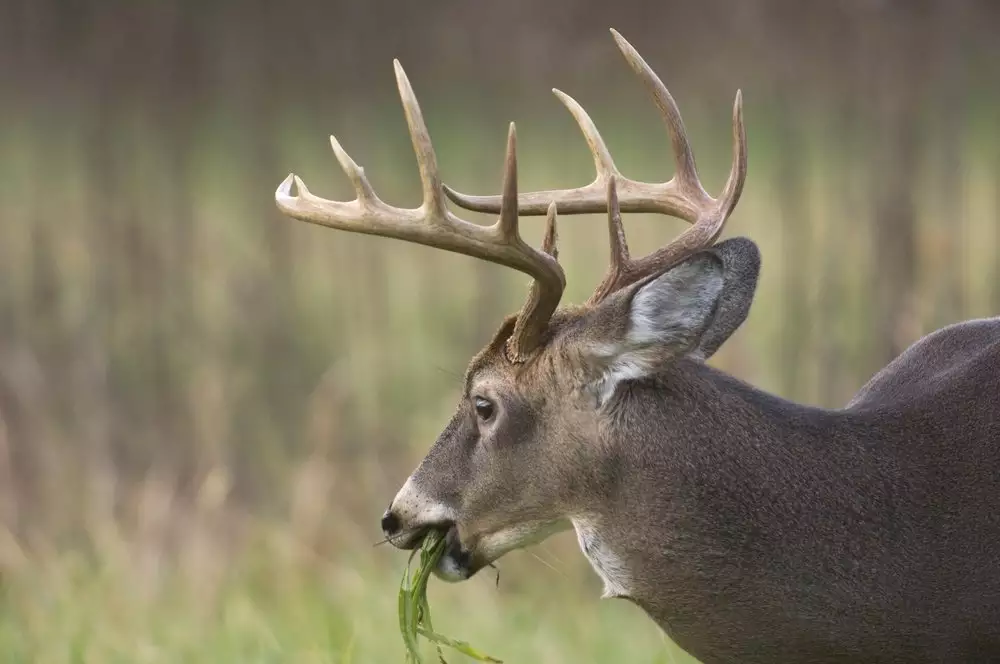Bow hunting is a thrilling and challenging way to hunt deer. It requires patience, skill, and precise technique. Unlike rifle hunting, bow hunting brings you closer to the animal, which can make the experience even more rewarding. In this guide, we will discuss the best deer hunting techniques for bow hunters to help improve your chances of success.
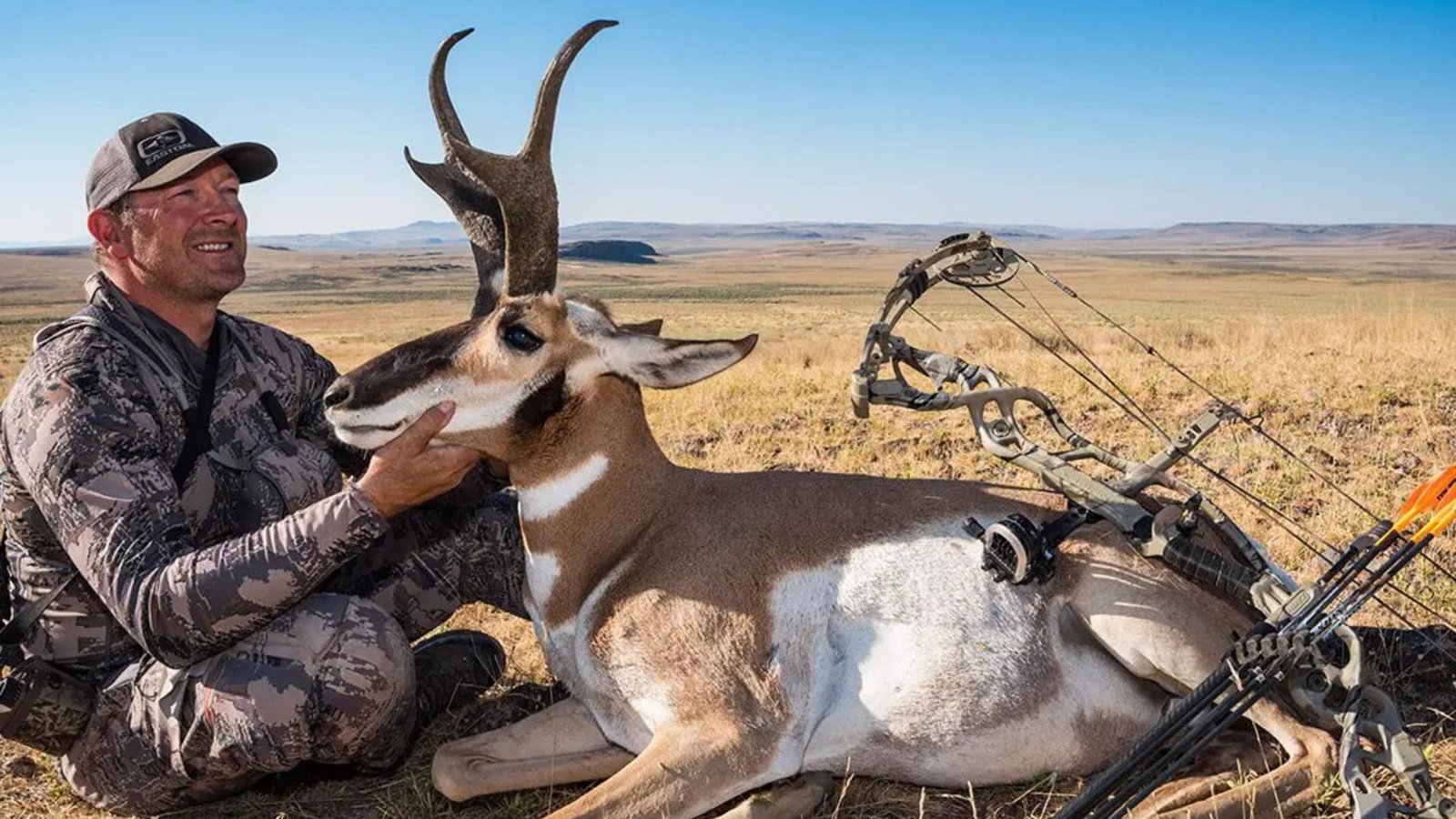
1. Master Your Shooting Skills
The first step in becoming a successful bow hunter is mastering your shooting skills. Practice regularly, and make sure you’re comfortable with your bow. Start by shooting from different distances to understand how your arrows behave. Practice shooting from various positions, like standing, sitting, or kneeling, to prepare for real hunting situations. It’s also essential to practice in different weather conditions, as wind can affect your shot.
2. Use the Right Bow and Arrow Setup
Choosing the right bow and arrow setup is crucial for bow hunting success. Make sure your bow is properly fitted to your body size and strength. A bow that feels comfortable will improve your accuracy. Choose arrows that match the bow’s draw weight and that are suitable for deer hunting. The right broadhead is also important; fixed-blade broadheads tend to offer better penetration, which is crucial for a clean kill.
3. Hunt During Peak Deer Activity Times
Knowing when to hunt is as important as knowing how to hunt. Deer are most active during dawn and dusk, so it’s best to hunt during these times. This is when deer are searching for food, making them more likely to appear in open fields or near water sources. Be sure to arrive at your hunting spot well before sunrise or stay until after sunset to increase your chances of spotting a deer.
4. Find the Best Deer Hunting Locations
The key to bow hunting success is choosing the right location. Look for areas where deer are likely to travel. Deer often use trails through forests, along the edges of fields, or near water. Set up your tree stand or ground blind near these trails. Also, consider using natural features like ridgelines, valleys, or thick cover to conceal your position. It’s important to scout the area ahead of time to look for tracks, droppings, and other signs of deer activity.
5. Use the Wind to Your Advantage
Wind plays a significant role in bow hunting. Deer have an excellent sense of smell and will detect human scent if the wind is blowing in their direction. Always pay attention to the wind when choosing your hunting spot. Use the wind to your advantage by positioning yourself so that the deer will not catch your scent. A good strategy is to hunt with the wind in your face or slightly to the side, avoiding areas where the wind will carry your scent directly to the deer.
6. Be Stealthy and Silent
Deer have excellent hearing and can easily detect any sounds that don’t belong in their environment. To improve your chances of a successful bow hunt, be as quiet as possible. Move slowly and avoid making unnecessary noise when setting up your stand or blind. When you’re ready to shoot, make sure you’re in a position where the deer won’t hear your movement. A good practice is to wait until the deer is focused on something else before making your shot.
7. Wait for the Perfect Shot
Patience is key in bow hunting. One of the best techniques is to wait for the perfect shot, ensuring that the deer is in a good position and that you have a clear, clean shot. The ideal shot placement for deer is in the chest area, targeting the heart and lungs. This will result in a quick, humane kill. Avoid shooting when the deer is facing you head-on or when it’s moving quickly. Take your time and wait until the deer offers a broadside shot.
8. Use Attractants and Scents
Using attractants and scents can increase your chances of luring deer into your hunting area. Deer are drawn to certain scents, such as doe estrous or food scents like acorns. Place scent lures or attractants near your stand or along deer trails to bring them closer to you. Be cautious, though, and ensure that the wind is in your favor so that the deer doesn’t catch the scent of the attractant before it gets within range.
9. Be Prepared for the Recovery Process
After making a successful shot, it’s important to give the deer time to expire. Wait for about 30 minutes to an hour before tracking it to allow the deer to die in peace. Follow the blood trail carefully, and if the blood becomes sparse or hard to follow, wait for a few more hours before continuing. It’s important to stay patient during this process to avoid losing the deer.
Conclusion
Bow hunting requires skill, patience, and attention to detail. By following the best deer hunting techniques for bow hunters, you can improve your chances of success. Practice your shooting, choose the right equipment, and carefully select your hunting location. Use the wind to your advantage, and always be stealthy. Most importantly, wait for the perfect shot and be prepared for the recovery process. With these techniques, you can enjoy a successful and rewarding bow hunting experience. Happy hunting!



